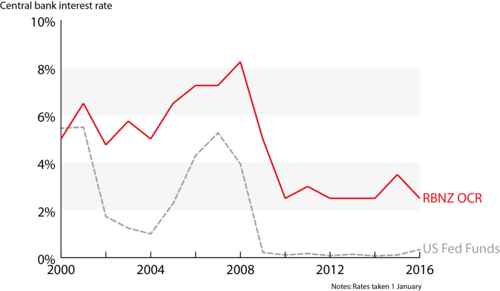This is my last PA post for a while, as I’ve recently taken on a staff role as Deputy Chief of Staff in Andrew Little’s office. Doing that job requires radio near-silence, which I’ll be attempting as best as my personal weaknesses will allow.
I’ve really enjoyed engaging with you all on PA, and I’m very grateful to Russell for lending me part of his web space over the past year and a bit. Thank you, Russell, for letting me be part of the site.
As a parting gift, here’s a revealing chart about parole hearings. Yes, parole hearings.
Judges, as you know, are charged with putting their own personal feelings and frailties aside in order to make the very best decisions in their job. That's especially important when the decision is about whether to take away another person’s freedom.
But judges, as the chart shows, are terrible at doing that job.

The chart shows the proportion of prisoners who get a favourable parole decision across different parts of the judge's day. The circles represent the first case after a food break. So if you’re up for parole and the judge has a full belly, there’s a better than even chance you’ll get approved. But if you come up for parole and the judge is hungry, forget it.
The authors of the study went through and made sure there weren’t other factors that explained the pattern. Maybe the easy cases are always stacked up at the start of the day, for example. It turns out there aren’t other factors that explain this - the “is the judge hungry” effect on parole decisions is pretty robust.
It’s yet another nail in the coffin of the idea that we humans are capable of making objective decisions, free from irrelevant factors.
I’d stick this study in the pantheon alongside the judges who give tougher sentences, especially to young black people, when their alma mater’s sports team loses badly;the voters who support the incumbent Presidential more when their local sports team wins; the voters who punished the incumbent President when sharks bit people near their houses; the snack-hoarding by randomly selected team leaders; the people who change their minds about retirement savings, organ donation, or censorship depending on whether a box is labeled “tick to opt-in” or “tick to opt-out”; and so on and so on.
Does this lack of high quality thinking explain Trump? I’d say perhaps it did have a little something to do with it.
But, having said that, this explanation probably only highlights my own low-quality thinking bias in favour of explanations based on low-quality thinking by people I don’t like!
Enjoy your summer, PA readers, and thanks again for letting me share this corner of the internet with you.
